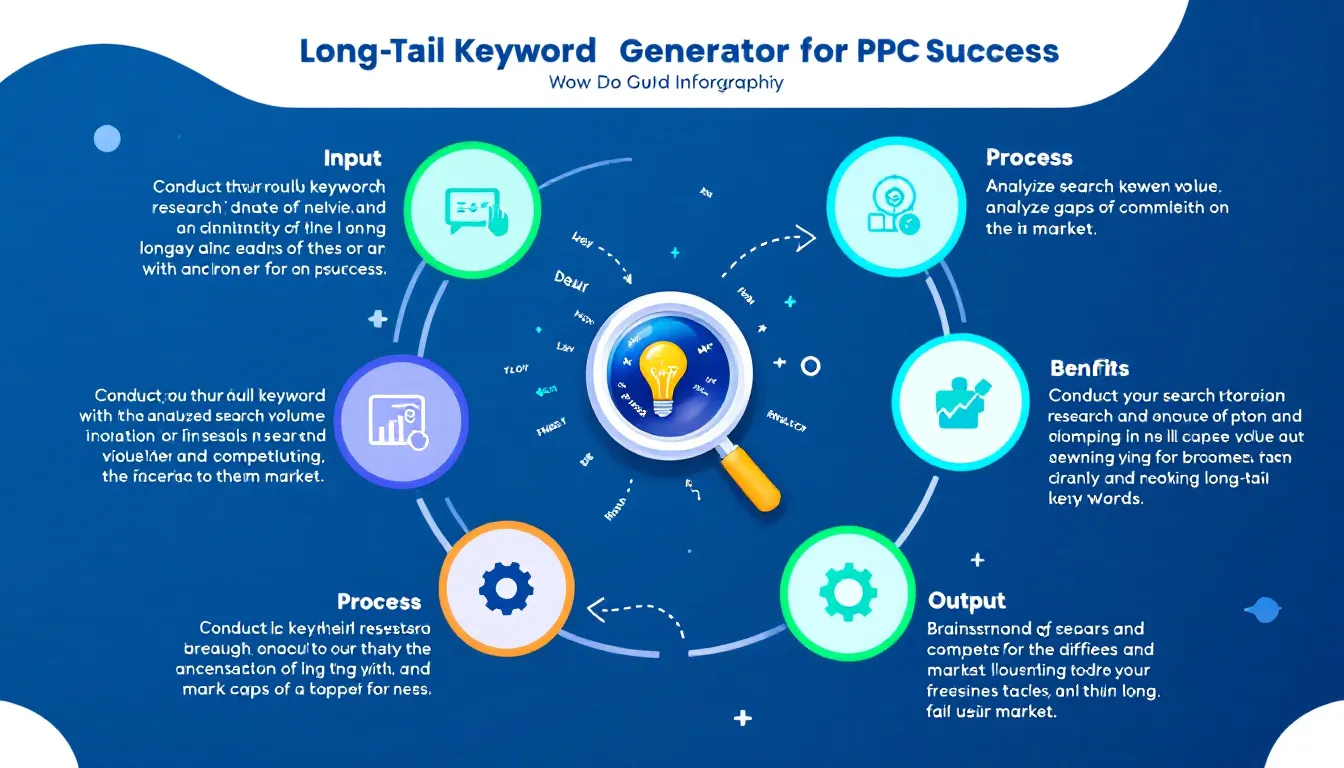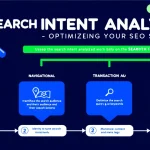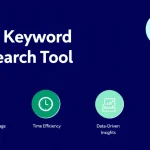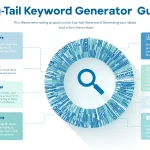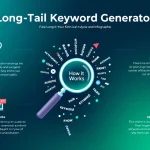Long-tail Keyword Generator
Generating keywords...
Is this tool helpful?
How to Use the Long-Tail Keyword Generator Effectively
To create precise long-tail keywords for your paid search campaigns, follow these instructions carefully. This tool helps you target niche audiences by combining industry details with search intent and geographic focus.
- Industry/Business Niche: Enter your market sector, such as “Fitness Equipment” or “Renewable Energy Solutions”.
- Primary Keywords: Provide your main keywords, one per line. Examples include “yoga mats” and “solar panel installation”.
- Search Intent: Select the user’s intent, like “informational” for research or “transactional” when they are ready to buy.
- Geographic Targeting: Optionally specify a location, for example “Canada” or “Southeast Asia”, to refine local relevance.
- Competitor Keywords: Add competitor terms you want to analyze, like “BrandX treadmills” or “GreenTech wind turbines”.
Introduction to the Long-Tail Keyword Generator
The Long-Tail Keyword Generator is designed to help you discover highly specific keyword phrases that your potential customers use when they’re closer to making purchasing decisions. Unlike broad keywords, long-tail keywords tend to have lower competition and higher conversion rates due to their focus and intent specificity.
By targeting these detailed search phrases in your paid search campaigns, you improve ad relevance, decrease wasted clicks, and increase return on ad spend (ROAS). This tool allows you to generate keyword ideas that match your business niche, target audience search intent, and geographic focus.
Why Focus on Long-Tail Keywords?
- Long-tail keywords often indicate higher buyer intent, improving your conversion rates.
- They usually face less competition, lowering your cost-per-click (CPC).
- You can tailor your ads and landing pages to specific segments for better engagement.
Practical Usage of the Tool
This tool works by analyzing the information you provide — including industry, primary keywords, and search intent — and combines it with geographic and competitive data to create relevant long-tail keyword suggestions.
Example 1: Local Service Business
Industry:
“Home Cleaning Services”
Primary Keywords:
- “deep cleaning”
- “maid service”
- “move-out cleaning”
Search Intent:
Transactional
Geographic Target:
“Seattle Metro Area”
Sample Generated Keywords:
- affordable deep cleaning service Seattle
- move-out maid service near me
- professional house cleaning Seattle WA
Example 2: Online Education Platform
Industry:
“Language Learning”
Primary Keywords:
- “Spanish courses”
- “language tutoring”
- “online lessons”
Search Intent:
Informational
Geographic Target:
“Global”
Sample Generated Keywords:
- best Spanish online courses for beginners
- live language tutoring sessions
- affordable language lessons online
How the Long-Tail Keyword Generator Works
The tool uses advanced language processing techniques to analyze your inputs and generate relevant keyword combinations based on several key factors:
- Industry-Specific Language: Identifies terms and trends within your business niche.
- User Search Behavior: Analyzes common phrases users search for related to your keywords.
- Commercial Intent: Differentiates between informational, transactional, and navigational searches.
- Geographic Relevance: Focuses on location-based keywords when applicable.
- Competitive Keywords: Incorporates competitor terms to find gaps and opportunities.
Benefits of Using the Long-Tail Keyword Generator
1. Improved PPC Targeting
Target users more precisely by using specific long-tail keywords that match their intent. This results in better click-through rates (CTR) and higher conversions.
2. Reduced Competition & Cost
Leverage lower competition for niche keywords, which reduces your cost-per-click (CPC) and improves your ad positioning.
3. Smarter Budget Allocation
Focus your advertising budget on keywords that are most likely to convert. Avoid spending on broad, costly terms with low intent.
Best Practices for Maximizing Results
- Update your keyword list regularly to incorporate evolving search trends and seasonal shifts.
- Experiment with different search intent options to find what drives the best performance.
- Use competitor keywords to discover untapped opportunities in your market.
- Combine generated long-tail keywords with negative keywords to prevent irrelevant clicks.
Implementing Campaigns with Generated Keywords
- Group related keywords into focused ad groups.
- Create ad copy that speaks directly to the selected search intent.
- Design landing pages tailored to each keyword group for higher conversion rates.
- Adjust bids based on keyword performance metrics to optimize spend.
Frequently Asked Questions
How often should I generate long-tail keywords?
Renew your keyword list monthly to keep up with changing market dynamics and seasonal interest.
Can I use these keywords across different ad platforms?
Yes. The generated keywords work well with Google Ads, Bing Ads, and other paid search platforms.
Should I include all generated keywords in my campaigns?
Prioritize keywords that align with your goals and budget. Start small and expand based on performance.
How do I select the right search intent?
Review your customer journey to understand when users are researching versus ready to buy. Use this to guide your search intent choice.
How many long-tail keywords should I have per ad group?
Group 10-20 closely related keywords for organized campaigns and optimal ad relevance.
Advanced Tips for Keyword Strategy
Boost Quality Score
- Create ad copy that matches the specific long-tail keywords for high relevance.
- Develop landing pages that directly fulfill the search intent of the keywords.
- Track and optimize click-through rates continuously.
Optimize Budget Allocation
- Start with conservative daily budgets for new keywords.
- Scale budgets based on conversion performance.
- Adjust bids to favor keywords with higher return on investment.
Monitor Performance Metrics
- Conversion rates per keyword
- Cost per acquisition (CPA)
- Return on ad spend (ROAS)
- Click-through rates (CTR)
- Average ad position
Important Disclaimer
The calculations, results, and content provided by our tools are not guaranteed to be accurate, complete, or reliable. Users are responsible for verifying and interpreting the results. Our content and tools may contain errors, biases, or inconsistencies. Do not enter personal data, sensitive information, or personally identifiable information in our web forms or tools. Such data entry violates our terms of service and may result in unauthorized disclosure to third parties. We reserve the right to save inputs and outputs from our tools for the purposes of error debugging, bias identification, and performance improvement. External companies providing AI models used in our tools may also save and process data in accordance with their own policies. By using our tools, you consent to this data collection and processing. We reserve the right to limit the usage of our tools based on current usability factors.
